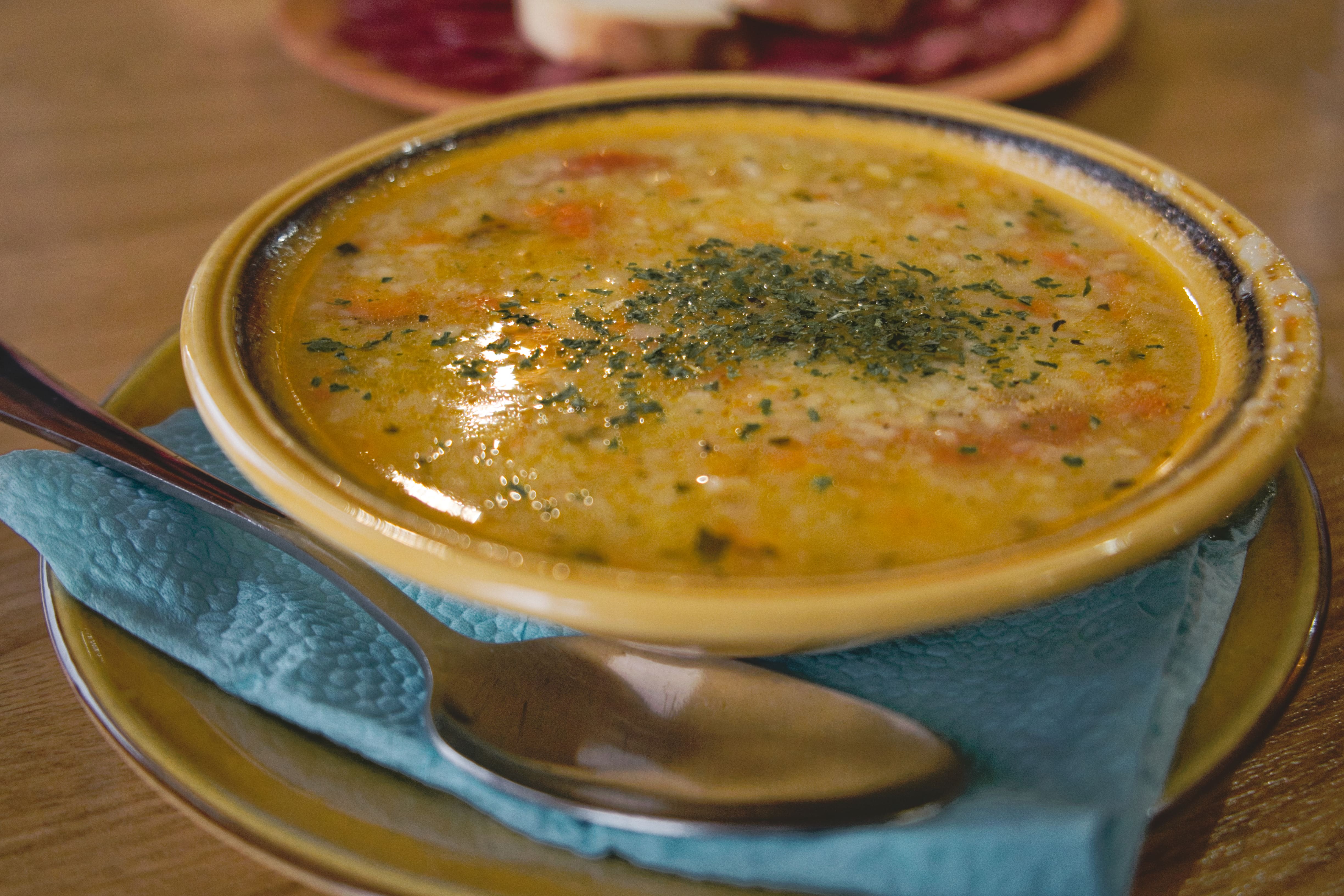Trahanas energizing breakfast that tastes village
Trahanas or tarhana is one of the oldest foods in the eastern Mediterranean. It looks like a tiny gravel and it has many variations. Trahanas is produced with a variety of ingredients, such as semolina or wheat flour, groats or broken wheat, mixed with milk, sour milk, yogurt or even peppers or vegetable pulp and hot peppers.
The story of trahanas goes back to ancient times, as an evolution of the porridge that fed Greeks and Romans. Marcus Gavius Apicius, the Roman author of cookbooks of the 1st AD. century, refers to tractae (a type of viscous slurry used to coat any kind of sauce). According to another historical version it is believed that the trahanas originated from the eastern Mediterranean, had the name tarkhaneh and meant grainy food made from cereals and dairy products.
The preparation of trahanas begins in the first summer months, a period of excessive milk production. It is the ideal time to dry and get packed for the upcoming winter. The last phase of drying trahanas on a large surface for at least a week gave the name to a popular saying “spreads trahanas” which means that someone is very slow. When the ingredients have been mixed, they break into irregular pieces, dry and then crumble into smaller granular or gravel pieces (or passed through a sieve to achieve the same texture). Milk-based trahanas comes in two types: sweet and sour.
Although associated to village life and to our grandmother’s cellars, trahanas is back on the spotlight in recent years, and this is by no means accidental. It is a healthy super food and seems to attract the interest of nutritionists, researchers and chefs.
Greece is claiming the title of the country with the most extensive variety of trahanas and dishes based on it, while it may well be a delicious, energetic traditional breakfast.
